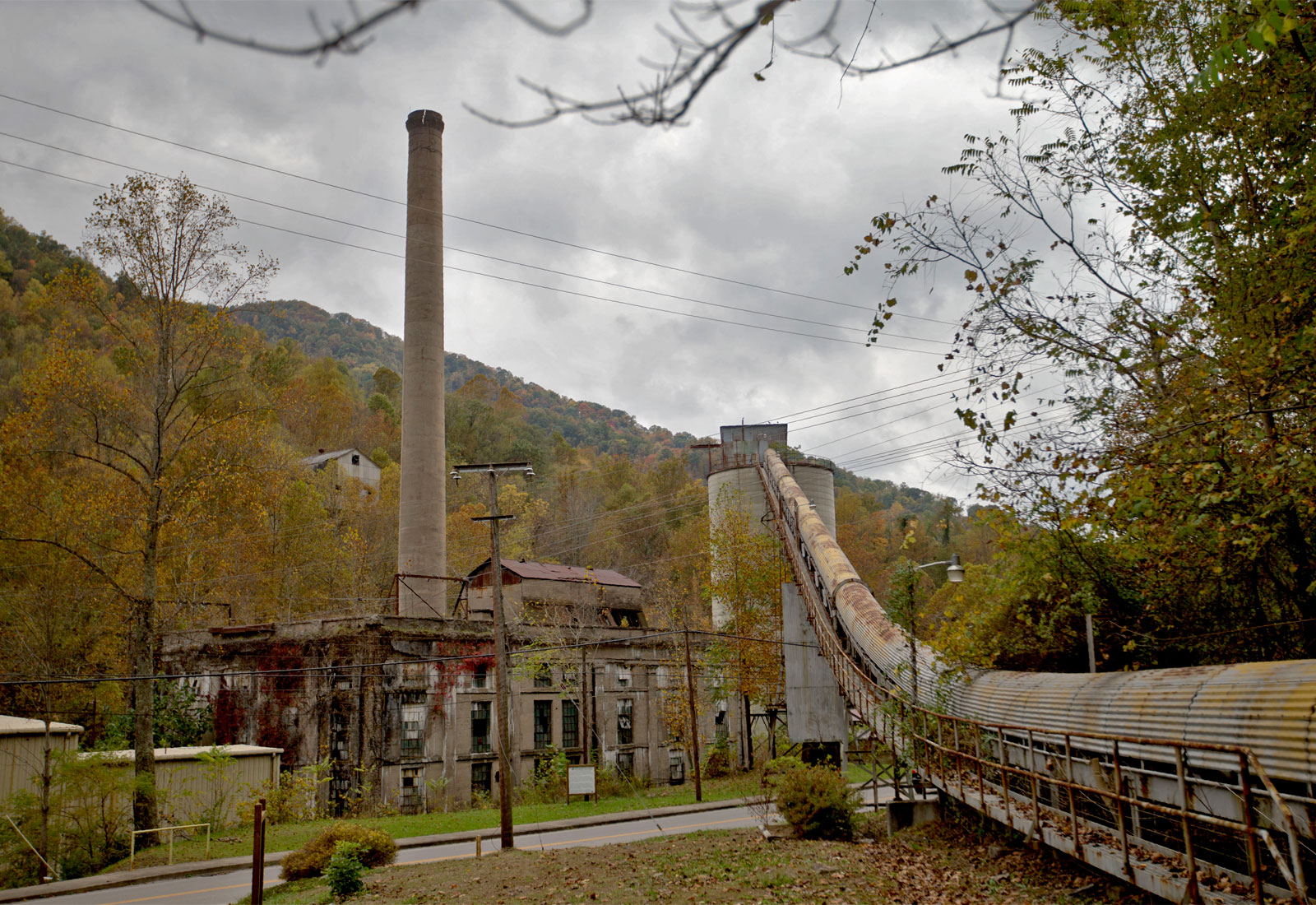Assessing The Risks: Toxic Contamination In Abandoned Gold Mines

Table of Contents
Types of Toxic Contamination from Abandoned Gold Mines
Abandoned gold mines are notorious sources of various toxic contaminants. Understanding these pollutants is crucial for effective risk assessment and remediation.
Heavy Metal Contamination
Gold mining operations frequently release heavy metals into the environment. These metals, even in low concentrations, are highly toxic and persistent. The most prevalent include:
- Mercury (Hg): Mercury poisoning symptoms include neurological damage, tremors, and kidney problems. Its bioaccumulation in aquatic food chains poses a significant threat to human health.
- Arsenic (As): Arsenic contaminates groundwater, leading to skin lesions, cardiovascular disease, and various cancers. Its mobility in the environment makes it a pervasive threat.
- Lead (Pb): Lead contamination in soil poses a severe risk, especially to children, affecting neurological development and causing learning disabilities. Lead exposure can also cause anemia and kidney damage.
- Cyanide (CN): Cyanide’s acute toxicity can be fatal, while chronic exposure causes neurological damage and thyroid problems. Improperly managed tailings ponds often leak cyanide into surrounding environments.
Acid Mine Drainage (AMD)
Acid mine drainage (AMD) is a significant environmental problem associated with abandoned mines. Exposure of sulfide minerals to air and water initiates a chemical reaction, producing sulfuric acid and dissolved metals. This highly acidic water:
- Lowers pH levels, harming or killing aquatic organisms.
- Increases sulfate levels, further stressing aquatic ecosystems.
- Dissolves and releases metals, such as iron, copper, zinc, and aluminum, increasing toxicity.
Other Contaminants
Beyond heavy metals and AMD, other contaminants can emanate from abandoned gold mines, including:
- Sediment runoff: Erosion from exposed mine tailings and waste rock releases sediment into waterways, harming aquatic life and causing water quality issues.
- Other hazardous materials: Various chemicals used in gold processing, such as solvents and other reagents, may be present and leach into the environment.
Environmental Risks Associated with Toxic Contamination
The environmental impact of toxic contamination from abandoned gold mines is substantial and far-reaching.
Water Pollution
Water contamination from abandoned gold mines is a major concern. Heavy metals and acidic water pollute drinking water sources, rivers, lakes, and oceans, impacting aquatic ecosystems and disrupting the natural balance. Groundwater pollution is especially insidious, as it can affect drinking water supplies for years. Aquatic ecosystem disruption affects biodiversity and fisheries.
Soil Contamination
Heavy metals and other pollutants contaminate the soil, inhibiting plant growth and altering soil health. This soil contamination can enter the food chain through plant uptake, posing a risk to animals and humans who consume those plants. Soil remediation is a costly and time-consuming process.
Air Pollution
Air pollution can result from dust containing heavy metals, particularly during periods of excavation, erosion, or wind events. Air quality monitoring near abandoned mine sites is crucial for assessing potential respiratory health risks.
Health Risks Associated with Toxic Contamination
Exposure to heavy metals and other contaminants from abandoned gold mines poses significant health risks.
Human Health Impacts
Heavy metal poisoning can lead to a range of severe health problems, including neurological disorders, kidney disease, cardiovascular disease, various cancers, and respiratory illnesses. The severity of the health impacts depends on the type and level of exposure and individual susceptibility.
Vulnerable Populations
Children, pregnant women, and communities residing near abandoned mines are particularly vulnerable to the health effects of contamination. Their developing systems are more sensitive to the toxic effects of heavy metals.
Mitigation and Remediation Strategies
Addressing the legacy of toxic contamination from abandoned gold mines requires a multifaceted approach.
Remediation Techniques
Several remediation techniques exist, each with its own advantages and limitations:
- Phytoremediation: Using plants to absorb and remove contaminants from the soil.
- Bioremediation: Utilizing microorganisms to break down or transform contaminants.
- Physical removal: Excavating and removing contaminated soil or sediment. Mine reclamation projects often involve a combination of these techniques. Environmental remediation is a complex and expensive undertaking.
Prevention Measures
Preventing future contamination is crucial. This includes:
- Stricter environmental regulations: Implementing and enforcing regulations for mine closure and environmental monitoring.
- Proper mine closure procedures: Developing and adhering to robust plans to minimize environmental impacts during mine closure. Sustainable remediation practices should be prioritized.
Conclusion
Toxic contamination in abandoned gold mines presents a significant and lasting environmental and health challenge. The risks associated with heavy metal contamination, acid mine drainage, and other pollutants are substantial, impacting water quality, soil health, and human well-being. Effective remediation and prevention strategies are crucial to mitigate these risks and protect communities and ecosystems. Learn more about abandoned mine cleanup, support organizations working on mine remediation, and advocate for stricter regulations and responsible mining practices to prevent future toxic contamination from gold mines and manage existing contamination effectively. Let’s work together towards a future where the legacy of abandoned mines is one of restoration, not devastation.

Featured Posts
-
 Succes De Gregg Popovich Record De Victoires Et Palmares Exceptionnel
May 06, 2025
Succes De Gregg Popovich Record De Victoires Et Palmares Exceptionnel
May 06, 2025 -
 King Tramp Ta Mask Zradniki Yaki Pidtrimuyut Putina
May 06, 2025
King Tramp Ta Mask Zradniki Yaki Pidtrimuyut Putina
May 06, 2025 -
 Spike Lees New Film A First Look Teaser Featuring Denzel Washington
May 06, 2025
Spike Lees New Film A First Look Teaser Featuring Denzel Washington
May 06, 2025 -
 Obzor Plenarnogo Zasedaniya Milli Medzhlisa Prinyatye Resheniya I Plany
May 06, 2025
Obzor Plenarnogo Zasedaniya Milli Medzhlisa Prinyatye Resheniya I Plany
May 06, 2025 -
 Ma Hy Alalhan Alty Yhbha Almlk Tsharlz
May 06, 2025
Ma Hy Alalhan Alty Yhbha Almlk Tsharlz
May 06, 2025
